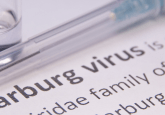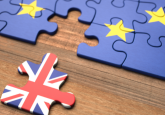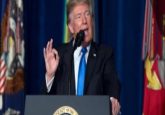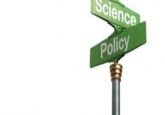Trump: controlling COVID-19 or courting controversy?
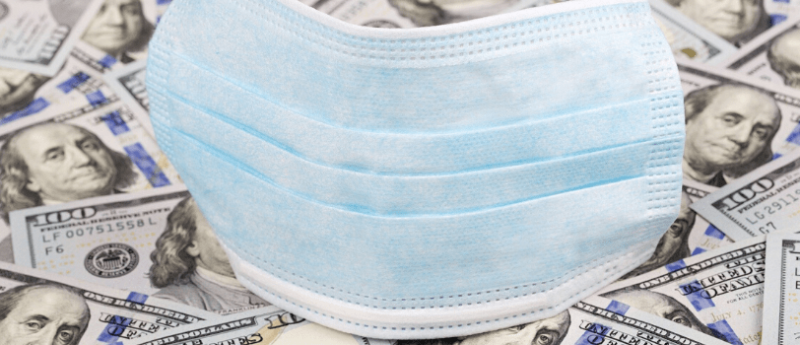
On Tuesday 14 April 2020, US President Donald Trump announced that he will withdraw US funding from the World Health Organization (WHO; Geneva, Switzerland), alleging that the WHO had been “severely mismanaging and covering up” the threat of the virus. The USA has previously led the funding of the WHO with a contribution of $400 million of the organization’s $6 billion budget, meaning it is now deprived of almost 7% of its available budget at a time when it indisputably needs it most.
WHO
Trump’s reasoning centers around the claim that “the WHO failed to adequately obtain, vet and share information in a timely and transparent fashion” and that “through the middle of January, it parroted and publicly endorsed the idea that there was not human-to-human transmission happening, despite reports and clear evidence to the contrary.”
However, the risk of human-to-human transmission was indicated by the WHO in technical guidance notes provided to the US on 11 January [1]. This, in combination with a subsequent official report released on 23 January which detailed human-to-human transmission alongside portends of higher transmissibility than seasonal flu, clearly outweigh the tweet dated 14 January that was released from the WHO stating that “preliminary investigations conducted by the Chinese authorities have found no clear evidence of human to human transmission.”
These claims of disinformation and minimizing the percieved risk of COVID-19 are both contrived and hypocritical. Trump’s initial response to the first reported case in the USA on 20 January was that “we have it totally under control. It’s one person coming from China. It’s going to be just fine”; 3 months, 579,005 cases and 22,252 deaths later, (as of 14 April, 2020) this is a statement that hardly rings true [2].
It is clear that as the cases registered in the USA have escalated and the scale of the government’s mismanagement of the disease response has been exposed, Trump’s search for a Hail Mary cure or a scapegoat has become more frantic. This is perhaps exemplified by his cheerleading of the drugs chloroquine and hydroxychloroquine to treat COVID-19.
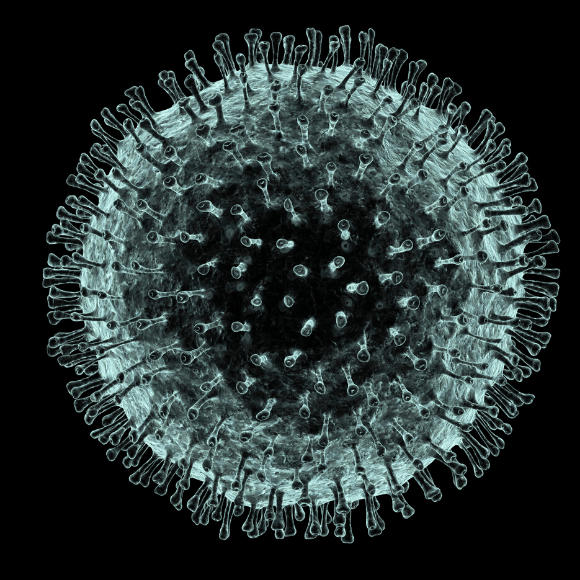 Coronavirus: sorting the fact from the fiction
Coronavirus: sorting the fact from the fiction
Myths about the novel coronavirus disease, COVID-19, are spreading through the population faster than the disease itself, so what do you really need to know about the ongoing pandemic?
Chloroquine
On 19 March, Trump stated that chloroquine had been approved for use by the US FDA (MD, USA), 11 days before the FDA did actually approve the use of the drugs in emergency cases. Trump has also indicated that these drugs are harmless, stating in a press briefing on 5 April that “it can help them, but it’s not going to hurt them” [3].
These claims are based on news briefings, released from Chinese registered clinical trials, which report that “results from more than 100 patients have demonstrated that chloroquine phosphate is superior to the control treatment in inhibiting the exacerbation of pneumonia, improving lung imaging findings, promoting a virus-negative conversion and shortening the disease course” [4].
These results have been supported by a study of 24 people led by Didier Raoult (l’Institut Hospitalo-Universitaire, Méditerranée Infection in Marseille, France) where patients with the disease were treated with 600mcg/day for 10 days [5].
“We were able to ascertain that patients who had not received Plaquenil (the drug containing hydroxychloroquine) were still contagious after 6 days, but of those that had received Plaquenil, after 6 days, only 25% were still contagious,” stated Raoult on 16 March, 2020.
However, these trials have nowhere near the level of participants required to provide representative results that can be used to indicate the safety of use, or even the efficacy, of these medications. In fact, since Raoult’s study, a repeat experiment which planned to study the efficacy of chloroquine in 440 people has been halted early after just 81 patients had been enrolled. This decision was made after concerning signs arose, and the deaths of two patients were recorded, in the high dose group of patients who were receiving 600mg twice a day.
These concerning symptoms were issues with heart rhythm that, in the cases of the two fatalities, developed into tachycardia. While this study has so far only been reported on the preprint server medRxiv [6], an instance of these drugs inducing heart problems in patients with COVID-19 has been reported in a hospital in France [7] and further papers have been released that document the adverse events that clinicians need to be aware of when considering the drugs’ application for the treatment of COVID-19 [8]. These adverse events are documented at the bottom of this page and in this review article, published in the Canadian Medical Association Journal.
 NIH falls into the crosshairs of governmental funding cuts
NIH falls into the crosshairs of governmental funding cuts
As the disturbing trend for conservative governments withdrawing support for world-renowned national institutions rises, the USA’s NIH is targeted by President Trump’s 2021 budget plan.
Ending Isolation
Further cause for concern is Trump’s assertions that the country will not spend an extended period in isolation. In a press briefing on 30 March, Trump announced that he would delay the lifting of social distancing restrictions by 2 weeks to the end of April. This follows repeated statements of his intention to bring the country out of lockdown at the earliest possible time, such as, “I’m not looking at months, I’ll tell you right now. We’re going to open up our country.”
With the USA only now in its third day of declining deaths (as of 14 April) from the virus, alleviating social distancing measures too soon risks causing a second peak in cases, resulting in stress being mounted back on the health care system before it has had time to prepare or recover from the last peak – a situation which could be devastating.
The driving argument for ending isolation as soon as possible is to prevent the collapse of the economy, which could in turn lead to a loss in years of life due to increased rates of poverty and a decline in life expectancy. A study under review in Nanotechnology Perceptions indicated that a fall in the GDP of the UK by more than 6.4%, would lead to a greater loss in years of life than would be saved by social distancing, due to an overall decline in life expectancy [9].
However, this study relies on the assumption that the economic downturn will translate directly into a decline in life expectancy, a claim disputed by this paper that analyses the effect of the Great Recession on Europe’s mortality rates [10].
Furthermore, a recent analysis by the University of Wyoming (WY, USA), due to be published in the Journal of Benefit Cost Analysis, indicates that the economic cost of social distancing does not outweigh the damage that would be done to the US economy due to the loss of life predicted to occur without the measure. The researchers assert that the value to the US economy in lives saved eclipses the cost to the economy if no measures were in place by $5.2 trillion [11].
Discussing the study, co-author Stephen Newbold asserted that, while a more thorough study could be completed in the near future, their study, “based on the best currently available information, adds much-needed rigor to the public discussion about the policy response to this outbreak.”
In looking for scapegoats and miracle cures when faced with what is undoubtedly the most complex medical crisis in recent memory, President Trump is likely doing far more damage than necessary. The public’s expectation of their President should not be for him to battle, single handed through this crisis with both a thriving economy and ego intact. Instead, it should be to make decisions and statements based on the best information that can be provided, not based on gut instincts, and to admit when past errors have been made in order to learn from them. In short, the president needs to do what his right for his people and not for his re-election campaign.
The opinions expressed in this article are those of the author and do not necessarily reflect the views of BioTechniques.
Potential adverse effects of Chloroquine
- Cardiac arrhythmias
- Hypoglycemia
- Neuropsychiatric effects, such as agitation, confusion, hallucinations and paranoia
- Interactions with other drugs
- Metabolic variability (some people metabolize chloroquine and hydroxychloroquine poorly and a small percentage metabolize them rapidly, which affects the response to treatment)
- Overdose (chloroquine and hydroxychloroquine are highly toxic in overdose and can cause seizures, coma and cardiac arrest)
- Drug shortages (patients with autoimmune disorders such as rheumatoid arthritis, lupus and other chronic diseases, who take hydroxychloroquine to treat these conditions could have problems accessing this drug)
